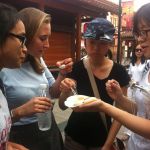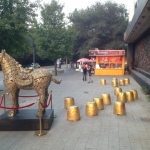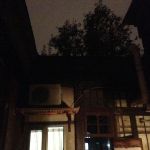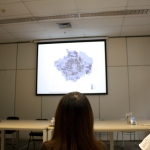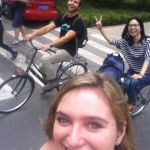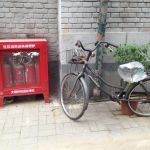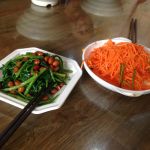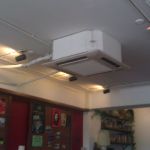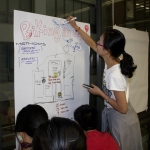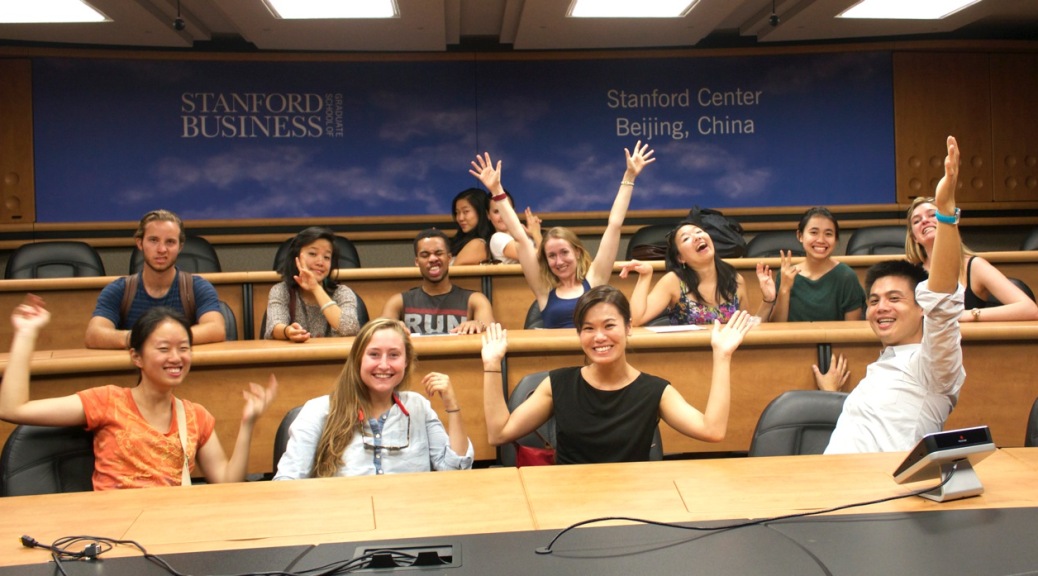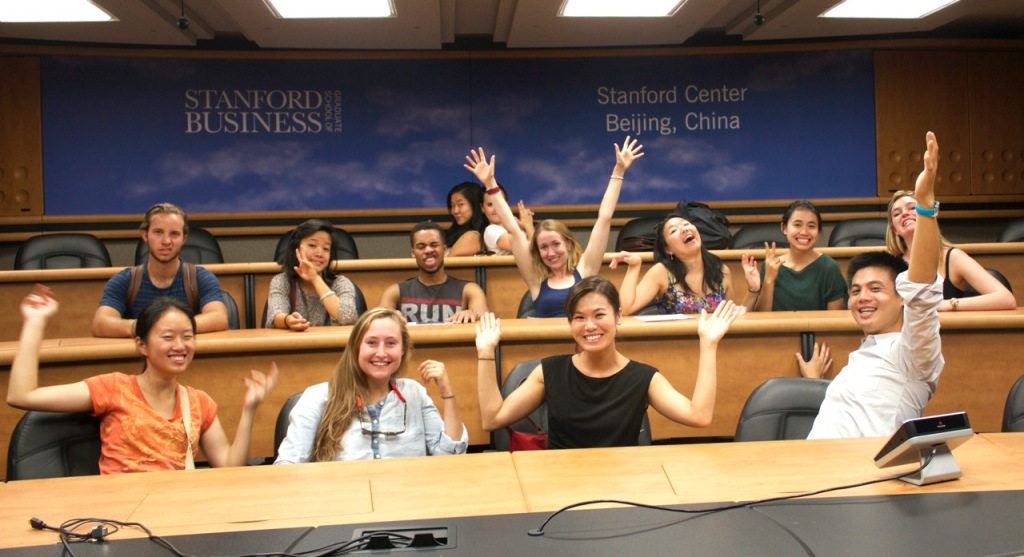This post is by Alice Fang, Aiwa Musihua, Caroline Nowacki, Qihan (Philip) Luo
To study cultural preservation, our team started by using the mind map method to brainstorm concepts and ideas related to cultural preservation. On this map, we identified six main themes:
- Possible conflict between old and new (visible in the spatial space or not);
- How to identify what to preserve;
- Perception of culture, old and new;
- Multiplicity of stakeholders and their diverse interests;
- Location of culturally rich districts; and
- Cost and benefits of cultural preservation.
From this brainstorming session, we jumped into field study and decided to visit a famous preserved historic district: Dashilar. Dashilar is a traditional neighborhood made of hutongs or narrow alley and located just South of Tian’an Men. The Central Government chose to protect and renovate this area. The facades and shops on the main streets have been rebuilt and repainted and the place is now a vibrant touristic area. Our first fieldwork focused on understanding the nature and number of businesses on the main street, observe who walked in the street and who worked there, and finally interview one person. This person was actually the owner of a courtyard house (Siheyuan) not too far from Dashilar and invited us to visit her courtyard and continue the discussion about the challenges of living there and having to maintain a house that is protected by the Government.











